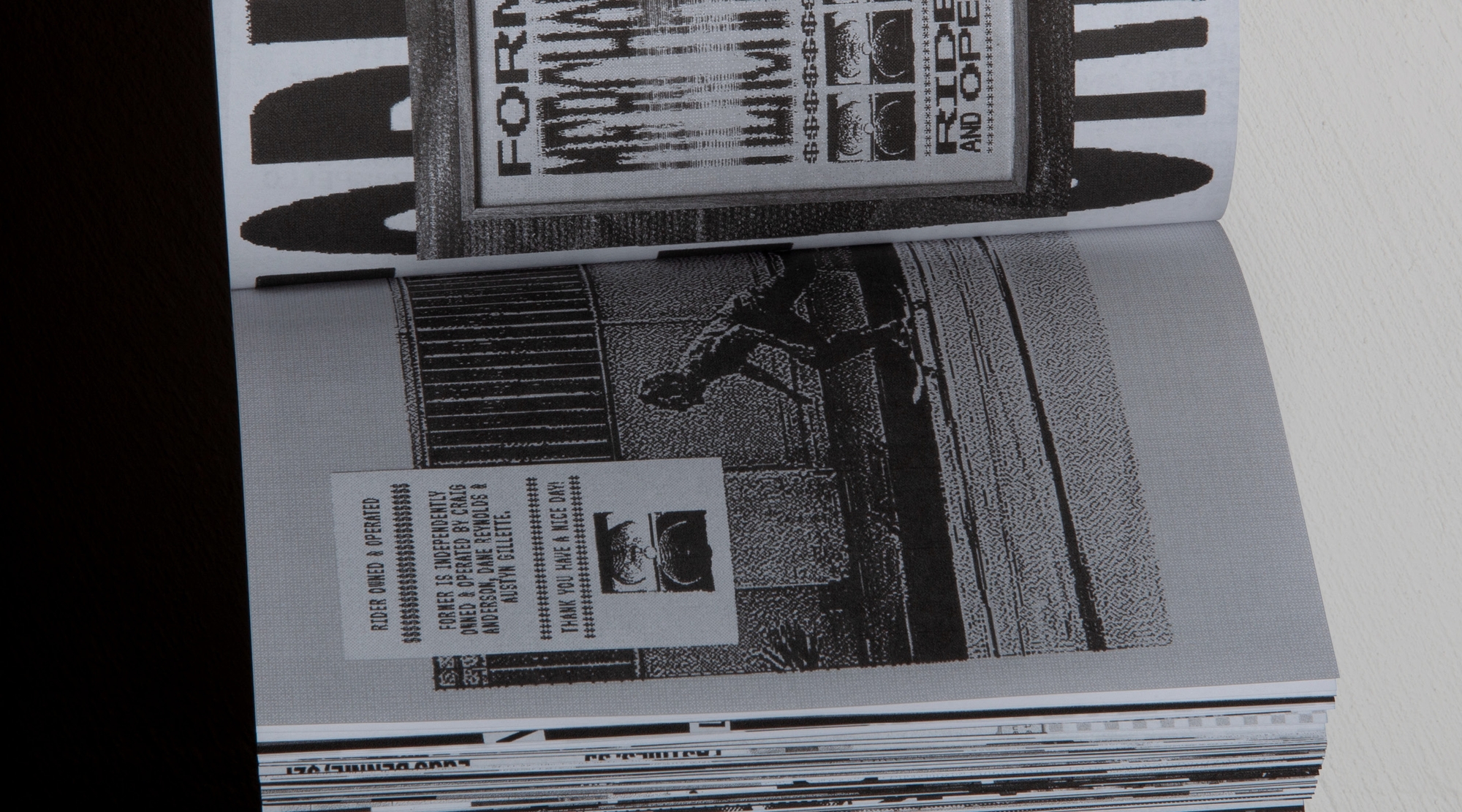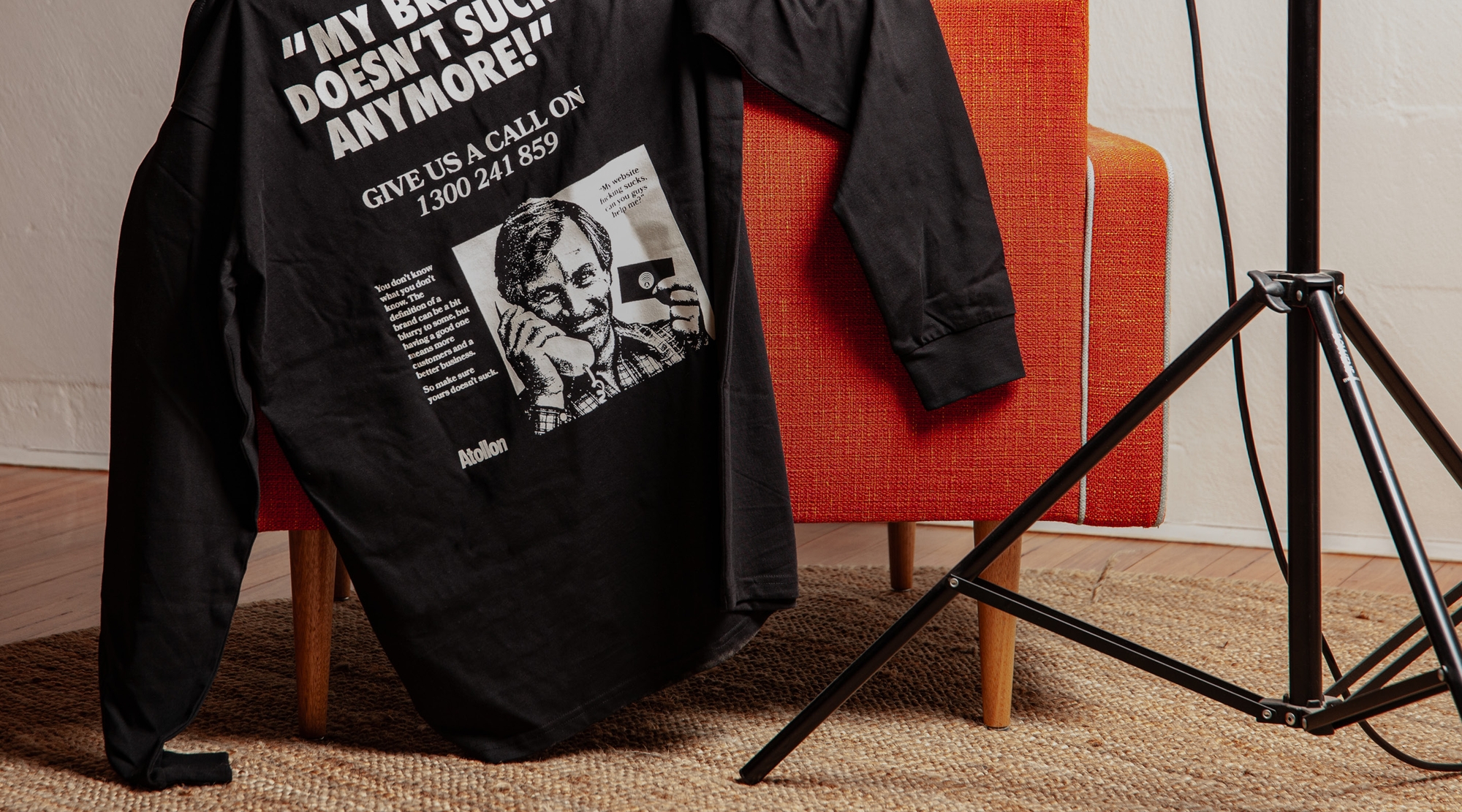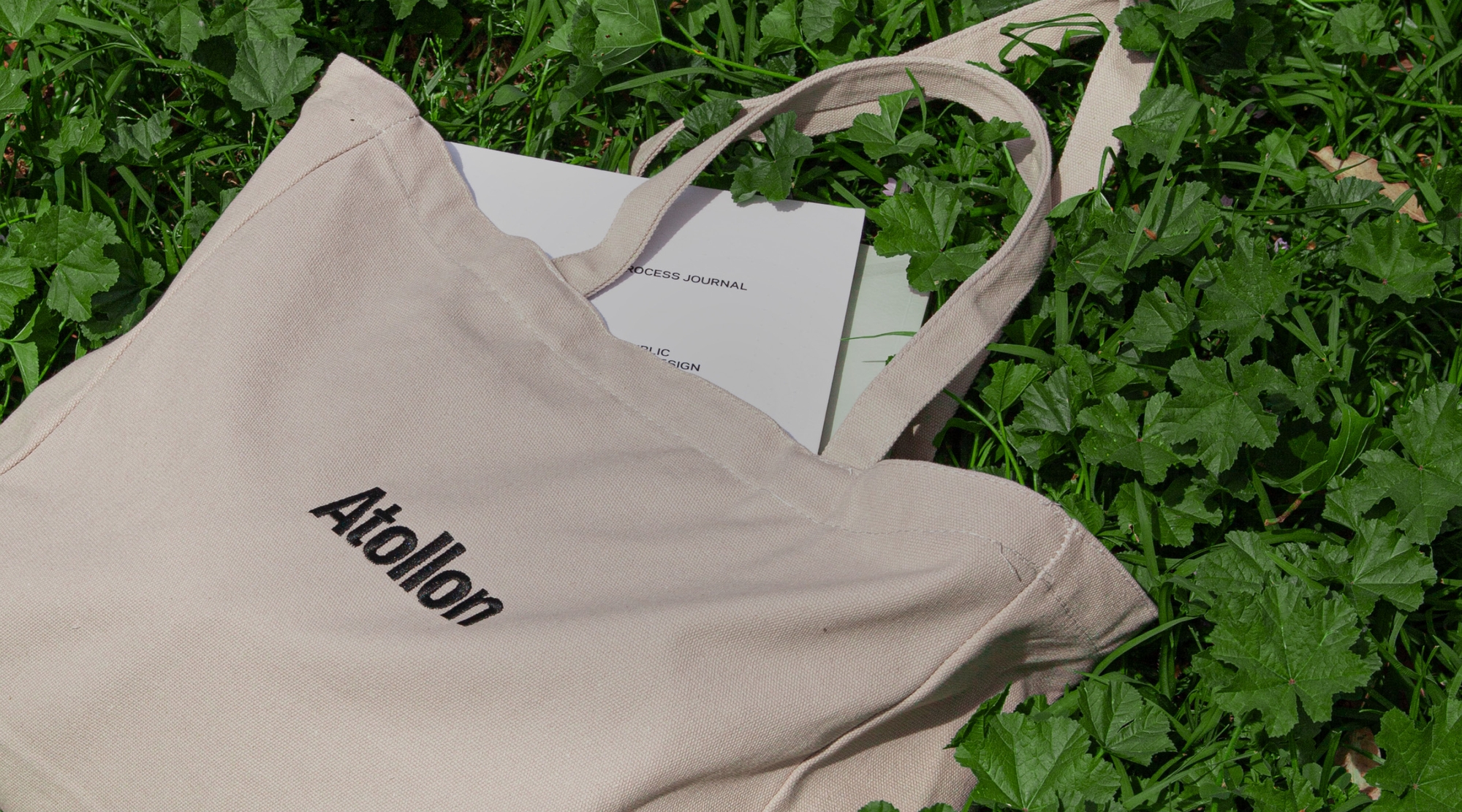The Jeepney
Author
Anna Mathews
You’ll find a magical looking bus that’s also kind of a jeep all over the Philippines. Maximalist, brightly coloured, endearingly kitsch, and with no two ever the same, the Jeepney is an icon of resilience and creativity. And like a lot of things I love about being Filipina-Aussie, its existence is thanks to a mish-mash of cultures sparking something new.
You might not know that the Philippines and United States have a very long history together that stretches back hundreds of years, marked by trade, colonialism and revolution. In more recent times, The Philippines acted as a crucial military base and ally to the United States against Japanese troops during WWII. It’s estimated more than 400,000 Filipino troops served in the US Military during this time.
The US, for their part, brought in not only weapons and soldiers. To this day, you’ll find an incredible melange of Americana in Philippine culture – from a love of Spam and Pepsi in Filipino cuisine, to babies getting iconically American first names like Wally or Betty. (I’ve got twin cousins named George and Washington who were born on the 4th of July!)


Perhaps one of the most curious US leftovers of this time period is the surplus of Willys Jeeps. In the aftermath of WWII, and with a public transport system decimated by war, everyday Filipinos bought these cars and ingeniously converted them into a means of transport that could drive multiple passengers. They did this by lengthening the Jeep’s body, retrofitting it with galvanised steel to fit more passengers, and attaching a roof to provide shelter from the blazing Manila heat. Seats were removed and replaced with two benches that would stretch the length of either side, allowing for a widened middle aisle (for easy passage in between).

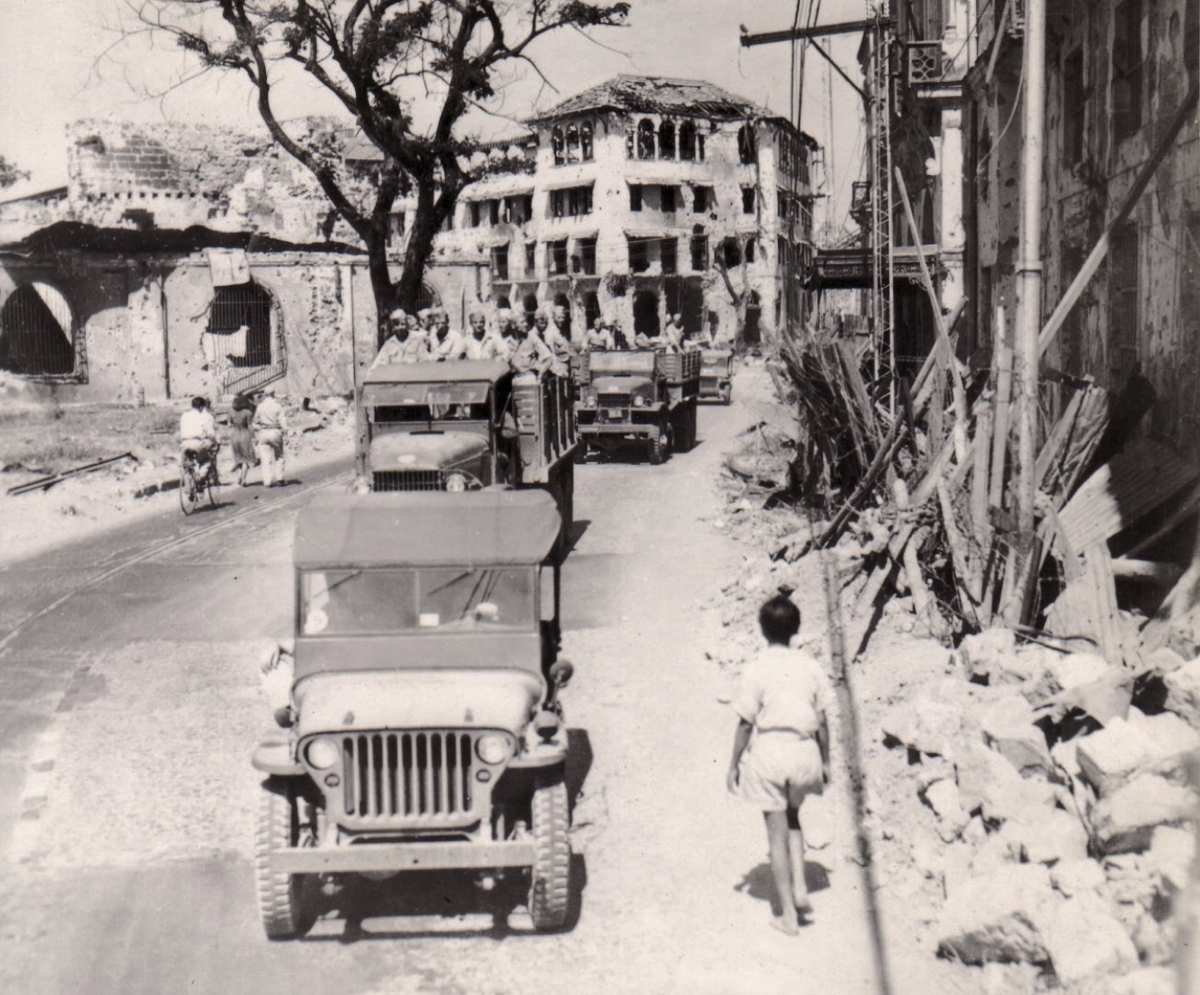
Over the years, these vehicles became known as ‘Jeepneys’ – a portmanteau of the word ‘Jeep’ and the word ‘Jitney’, which was the name for a 1910s American taxi cab. And they became rapidly popular. Cheap to run and and cheap to buy a fare on, customers could simply run over to the back of one, grip a built in bar for support, jump on, and know that the predetermined route will take you through somewhere like Manila with designated stops… Although, this isn’t always the case. You’ll find one will stop pretty much anywhere it gets hailed or whenever a passenger gestures that they want to hop off. To pay for your fare, it’s an unspoken rule that other passengers will help pass your payment to the driver (and subsequently, pass change back).
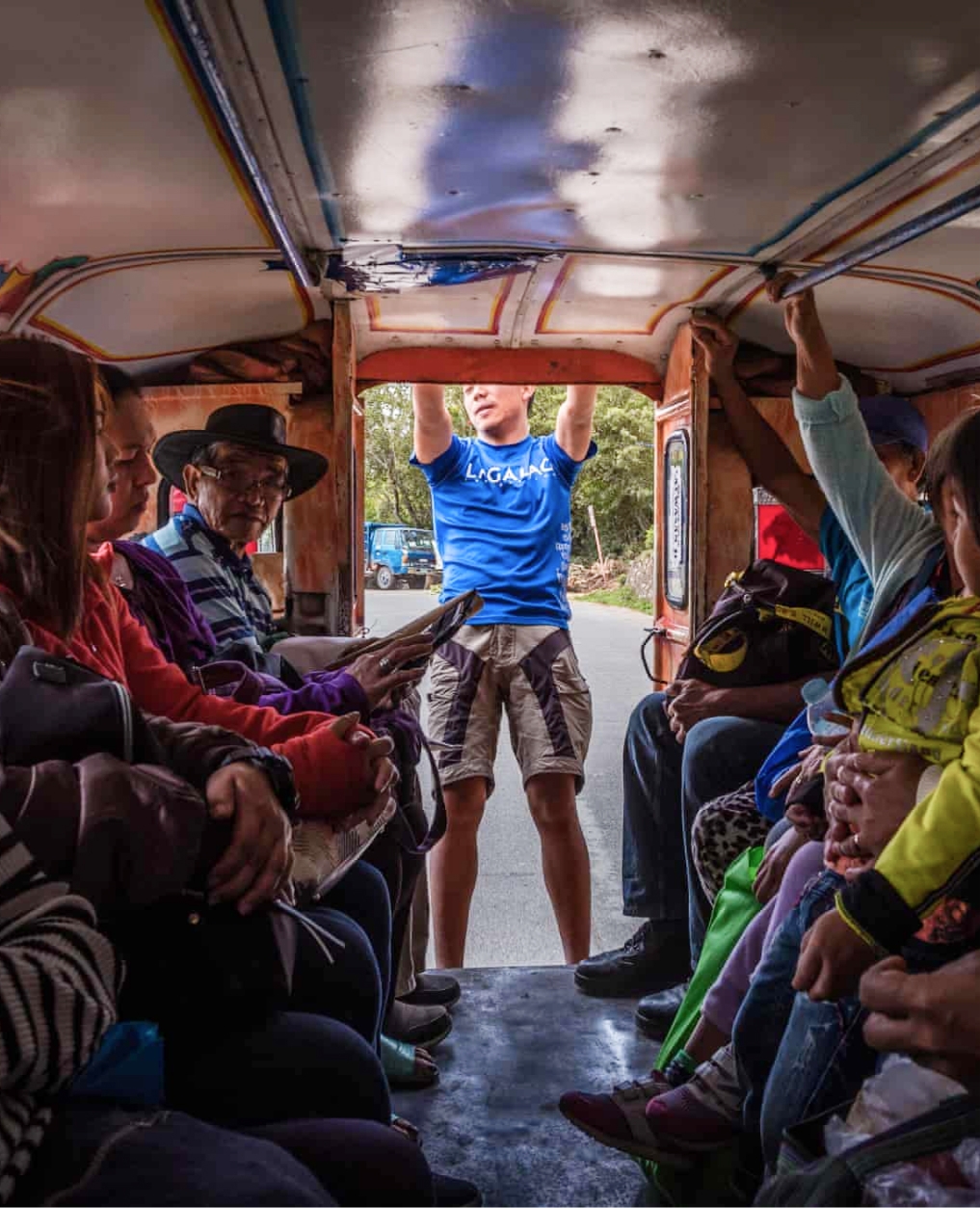

Each jeepney is unique, customised in some fantastic way – whether it’s the hand painted lettering, the mishmash of car parts (you might see a 1950s chassis with an 80s Mercedes Benz badge), or Catholic iconography proudly spread across the dashboard. You’ll see Jeepneys with multiple horns, monster truck style signage, clashing patterns, glittery streamers and beloved NBA team murals. Some will be unbelievably long and others comically small, depending on the model and make that has been modified.





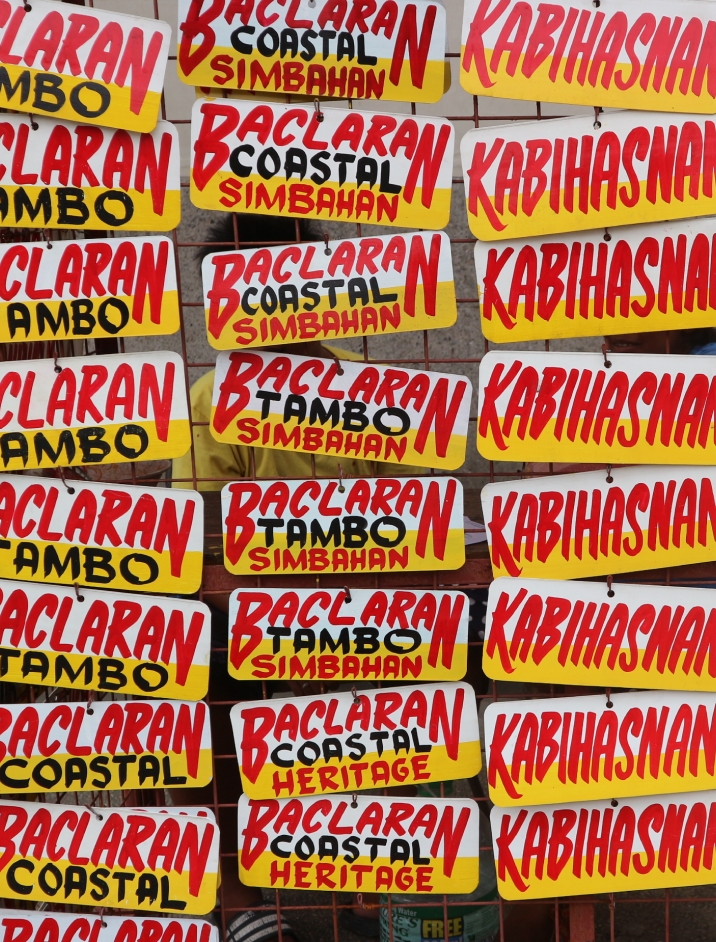


Today, the viability of a diesel powered vehicle is reaching an end with the Filipino government, particularly in the face of declining air quality and climate change. Plans are currently underway to phase out the classic Jeepney and upgrade fleets to more energy efficient, road safe vehicles. But unfortunately, the majority of jeepney drivers can’t afford the changes. With the average jeepney ride costing about 22 US cents, drivers make very little in wages as it is. But that’s not to say it’s all over for the affectionately dubbed ‘King of the Road’. Local manufacturers are exploring Hummer lookalikes, Toyota van-style passenger vehicles – even models with built in karaoke systems. It’s a complex issue to navigate, but like all things Jeepney related, it’s a fair bet the spirit of customisation and flair that’s so unique to The Philippines will live on.
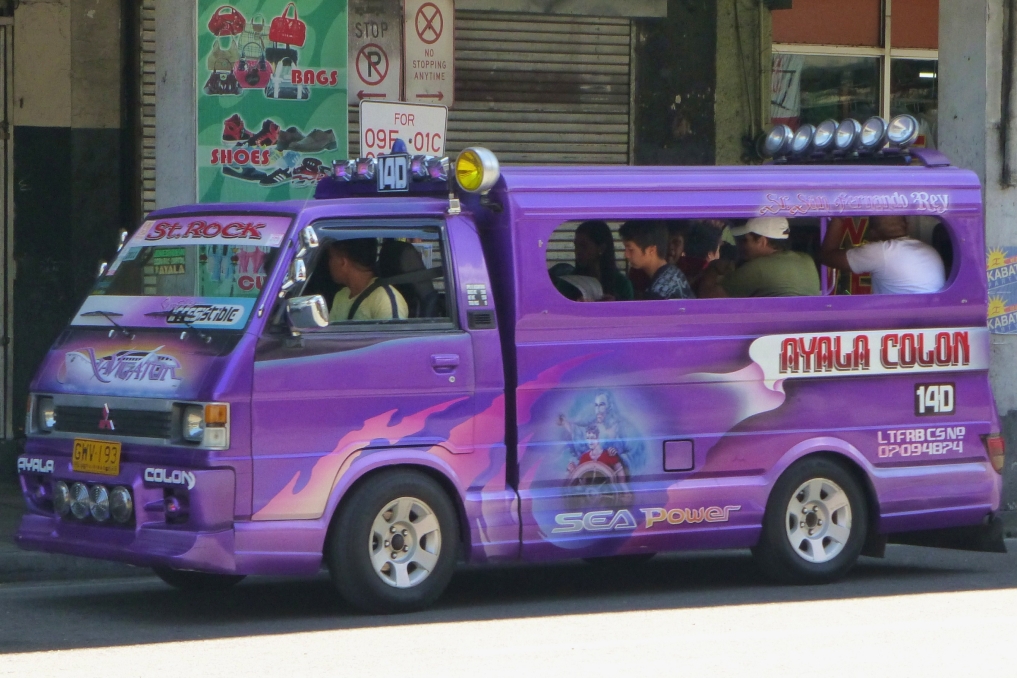

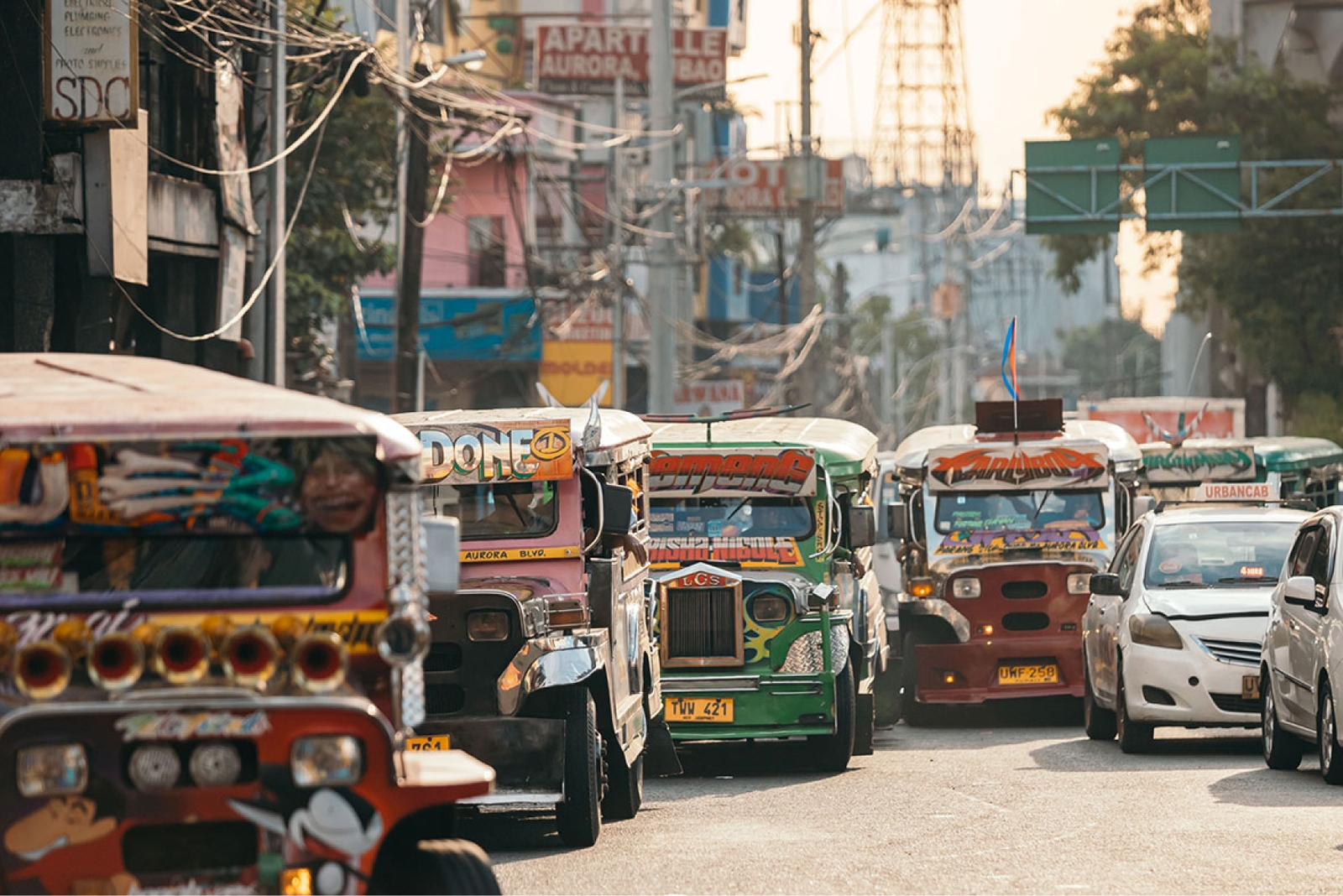
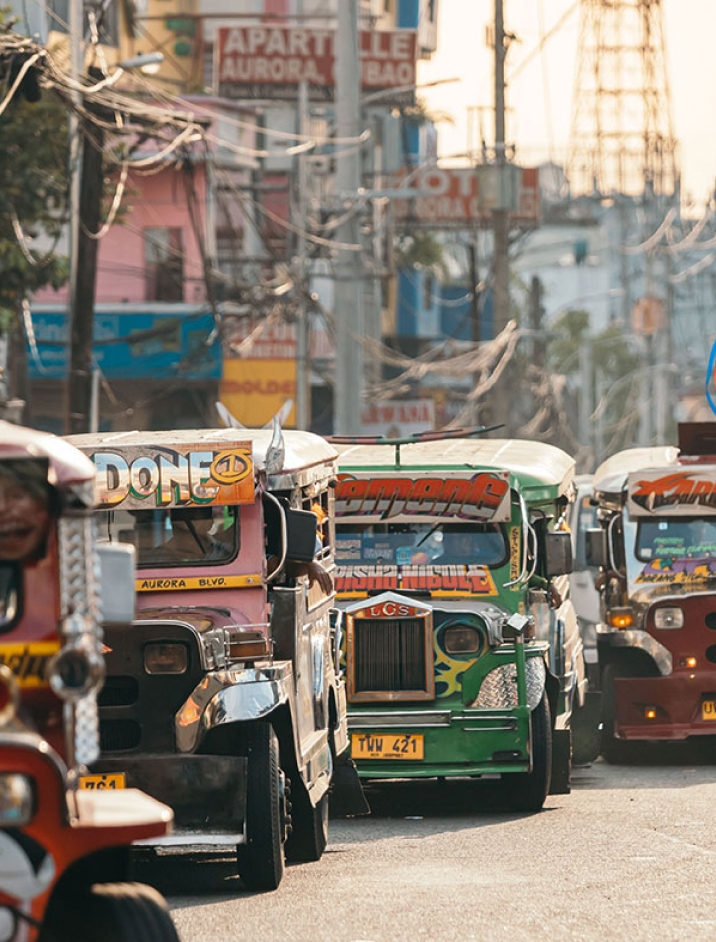
0

